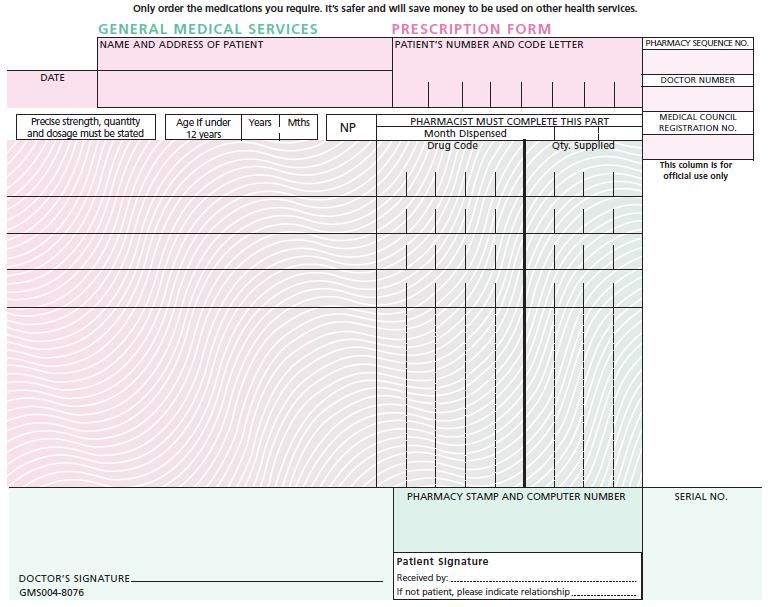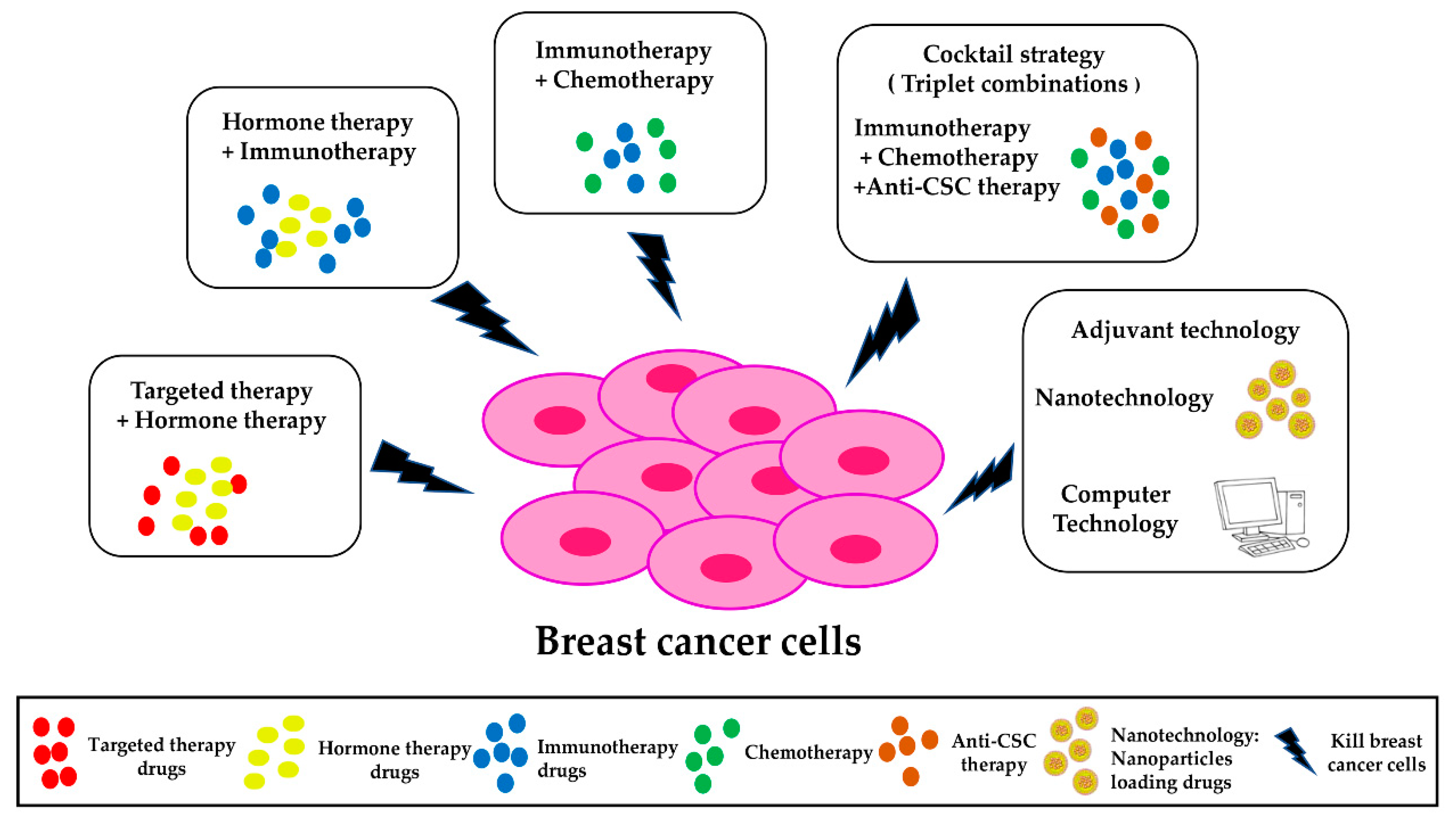Primary care reimbursement is a critical issue in the U.S. healthcare system, where physicians face mounting pressure as patient demand skyrockets amidst a concerning shortage of doctors. Many experts argue that the country is amidst a primary care crisis, necessitating innovative solutions like the new ACO PC Flex initiative. This five-year prospective payment experiment aims to revamp healthcare financing by increasing spending on primary care, while also incentivizing approaches that promote preventive care and improve health outcomes. By providing primary care providers with the necessary funds upfront, the model seeks to address the longstanding disparities in reimbursement rates that often prioritize specialist care over essential primary services. Ultimately, if successful, this program could pave the way for a more sustainable and effective primary care framework in America.
The landscape of healthcare financing is undergoing significant changes, particularly with respect to how primary healthcare services are compensated. As the demand for accessible medical care grows, many are advocating for a shift toward more sustainable and innovative reimbursement models—such as accountable care organizations (ACOs) that focus on value rather than volume. The ACO PC Flex program, illustrating a forward-thinking approach to prospective payments, seeks to enhance the viability of primary care practices while encouraging the adoption of preventive measures among patients. By addressing the payment disparities and fostering a supportive environment for primary care providers, stakeholders aim to mitigate the ongoing primary care crisis. This renewed focus on strengthening the financial foundation of primary care could dramatically reshape patient experiences and outcomes across the healthcare spectrum.
Understanding the Primary Care Crisis
The primary care landscape in the United States is under significant strain, reflecting a crisis that has been mounting for years. With a growing population and increasing demand for healthcare services, primary care providers are overwhelmed by the volume of patients seeking care. Many practitioners are stretched thin, leading to longer wait times for appointments and diminished quality of care. This situation is aggravated by an insufficient number of primary care physicians, as more practitioners opt for specialties that offer higher compensation. As a result, the healthcare system is left struggling to accommodate the needs of patients efficiently.
The current challenges also highlight an imbalanced healthcare financing structure that prioritizes specialist care over primary care. This disparity in focus can discourage new medical students from pursuing primary care careers, further exacerbating the shortage of available providers. As patients increasingly seek preventive care and chronic disease management, it becomes essential to evaluate and reform the compensation models that govern primary care reimbursement to ensure practitioners are adequately incentivized to provide necessary care.
Frequently Asked Questions
What are the main challenges affecting primary care reimbursement in the U.S.?
Primary care reimbursement in the U.S. faces several significant challenges. Firstly, there is increasing pressure on physicians to see more patients in shorter time slots, leading to burnout and reduced quality of care. Secondly, primary care generally receives lower reimbursement rates compared to specialty care, making it less financially viable for many practitioners. This disparity is compounded by a healthcare system that prioritizes specialist care and quick procedures over essential services such as preventive care, which are the hallmarks of primary care.
How do Accountable Care Organizations (ACOs) impact primary care reimbursement?
ACOs are designed to improve primary care reimbursement by incentivizing high-quality care at lower costs. Under ACO models, if doctors manage to keep their total spending under a set threshold, they can benefit from shared savings. This model encourages the effective management of patient care, particularly in keeping patients out of costly hospital visits, thereby directly impacting primary care financing by rewarding preventive and holistic treatment approaches.
What is the ACO PC Flex program and its significance for primary care reimbursement?
The ACO PC Flex program is a new initiative aimed at transforming primary care reimbursement by using a ‘prospective payment’ model. Unlike traditional ACOs that pay providers after services are rendered, the ACO PC Flex provides upfront payments based on the average payment within the community, greatly enhancing the financial resources available for primary care practices. This increase in funding can foster better infrastructure and more effective preventive care strategies, crucial for addressing the primary care crisis.
What role does prospective payment play in the ACO PC Flex model for primary care reimbursement?
Prospective payment in the ACO PC Flex model allows primary care providers to receive payments in advance, based on community averages, rather than after services are rendered. This approach alleviates financial stress and encourages providers to invest in patient care and preventive measures, rather than solely focusing on procedures. It aims to correct imbalances in primary care reimbursement and create a healthier healthcare cycle by promoting long-term patient health.
Can the success of the ACO PC Flex lead to changes in primary care reimbursement models for other patients?
If the ACO PC Flex program proves effective in improving outcomes and reducing costs for Medicare beneficiaries, there could be potential for its principles to be applied to non-Medicare populations. The success of such models might encourage commercial insurers to adopt similar strategies, which could significantly enhance primary care reimbursement across various patient groups, particularly in Medicaid where resources are currently limited.
| Key Points | Details | |
|---|---|---|
| Primary Care Crisis | Demand for appointments is rising, but there are not enough doctors. | |
| Low Reimbursement Rates | Primary care is undervalued compared to specialized care, leading to financial stress for providers. | |
| Accountable Care Organizations (ACOs) | Designed to incentivize high-quality care at lower costs, potentially improving primary care funding. | |
| ACO PC Flex Program | A new model providing prospective payments before services are rendered, aiming to increase primary care funding and enhance preventive services. | |
| Potential Future Impact | If effective, this model may influence commercial insurance reimbursement and improve care for low-income Medicaid patients. | |
Summary
Primary care reimbursement is facing significant challenges, prompting innovative solutions like the ACO PC Flex program. This initiative, which introduces a prospective payment model, aims to strengthen primary care by boosting funding and prioritizing preventive care. By addressing the financial inadequacies of primary care and incentivizing better health outcomes, this program could transform the landscape of primary care reimbursement, making it more viable for healthcare providers and patients alike.



